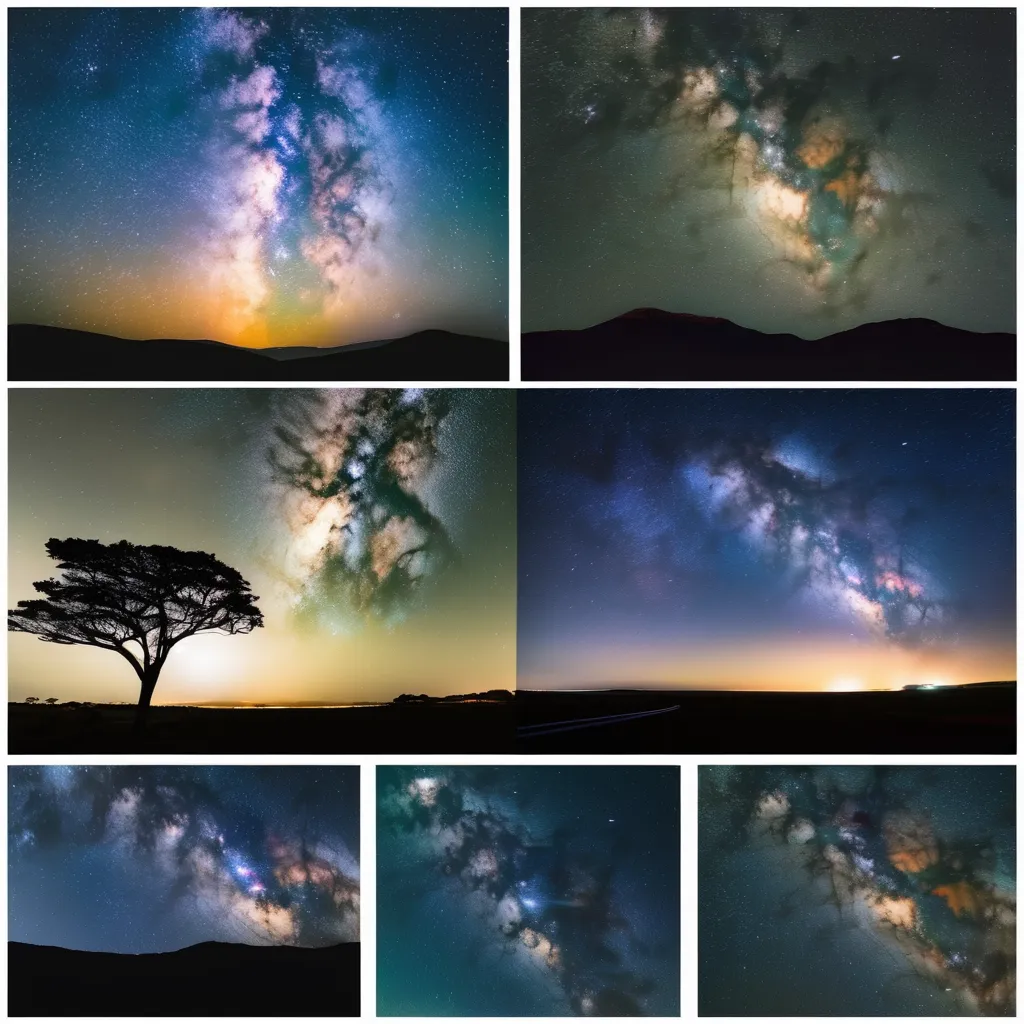What is the Milky Way?
The Milky Way is the galaxy that contains our Solar System. It is a vast, barred spiral galaxy with a diameter of about 100,000 light-years and home to hundreds of billions of stars, planets, and other celestial objects. When viewed from Earth, the Milky Way appears as a hazy band of light across the night sky, a result of countless stars clustered together.



The Structure of the Milky Way
Key Components
- Galactic Core: At the center lies a supermassive black hole known as Sagittarius A*, surrounded by dense clusters of stars.
- Spiral Arms: The galaxy has four primary spiral arms—Orion, Perseus, Sagittarius, and Scutum-Centaurus—that are rich in gas, dust, and young stars.
- Halo: A spherical region surrounding the galaxy, containing older stars and globular clusters.
- Dark Matter Halo: An invisible, massive component believed to provide the gravitational glue holding the galaxy together.
How Was the Milky Way Formed?
The Milky Way formed approximately 13.6 billion years ago from the merging of smaller galaxies and clumps of matter. Over time, gravity shaped it into the spiral galaxy we see today. Star formation continues in regions like the spiral arms, fueled by vast clouds of gas and dust.
The Solar System’s Place in the Milky Way
Our Solar System resides in the Orion Arm, a minor spiral arm located about 27,000 light-years from the galactic center. This position offers a relatively stable environment, far from the hazardous activity near the core.
The Milky Way and Its Neighbors
The Local Group The Milky Way is part of the Local Group, a collection of over 50 galaxies bound by gravity. Its largest neighbors are the Andromeda Galaxy and the Triangulum Galaxy. In about 4.5 billion years, the Milky Way is predicted to merge with Andromeda, creating a new elliptical galaxy.
Satellite Galaxies The Milky Way is orbited by numerous smaller satellite galaxies, including the Large and Small Magellanic Clouds, which are visible from the Southern Hemisphere.
Exploring the Milky Way
Observations from Earth The Milky Way has fascinated humanity for millennia. Ancient cultures created myths and stories to explain its presence in the sky. Modern astronomy has revealed its true nature through advanced telescopes.
Space Missions
- Gaia Space Observatory: Mapping over a billion stars to create a detailed 3D model of the galaxy.
- Hubble Space Telescope: Providing images of distant regions of the Milky Way and beyond.
- Future Missions: Upcoming projects like the James Webb Space Telescope and the Nancy Grace Roman Space Telescope will further unravel the galaxy’s mysteries.
Mysteries of the Milky Way
Despite centuries of study, many questions remain unanswered:
- What is the exact nature of dark matter?
- How do supermassive black holes influence galactic evolution?
- What triggers star formation in the spiral arms?
Conclusion
The Milky Way is not just our galactic home but also a gateway to understanding the cosmos. Its intricate structure, fascinating history, and dynamic nature make it a central focus of astronomical research. As we continue to explore and learn, the Milky Way inspires wonder and curiosity about the universe and our place within it.
General Information About the Milky Way
- NASA Overview of the Milky Way: https://science.nasa.gov/astrophysics/focus-areas/what-is-the-milky-way
(Provides a general overview and key facts about the Milky Way.)
Structure and Components
- ESA: Gaia Mission and Mapping the Milky Way: https://www.esa.int/Science_Exploration/Space_Science/Gaia_overview
(Covers the Gaia mission and its contribution to mapping the Milky Way.) - Hubble Space Telescope Observations of the Milky Way: https://hubblesite.org/science/sci_the-milky-way
(Focuses on observations and discoveries related to the galaxy’s structure.)
Formation and Evolution
- NASA: How Galaxies Are Formed: https://science.nasa.gov/astrophysics/galaxies
(Explains the process of galaxy formation, including the Milky Way’s early history.)
Galactic Neighbors and Collisions
- Andromeda and Milky Way Collision Predictions: https://www.nasa.gov/mission_pages/hubble/science/milky-way-collide.html
(Details the upcoming collision between the Milky Way and Andromeda galaxies.) - Satellite Galaxies of the Milky Way: https://www.skyandtelescope.com/astronomy-news/whats-new-in-satellite-galaxies/
(Covers discoveries and studies of smaller galaxies orbiting the Milky Way.)
Dark Matter and Mysteries
- Dark Matter in the Milky Way: https://www.cfa.harvard.edu/research/astrophysics/dark-matter
(Explains the role of dark matter in the Milky Way\u2019s structure and dynamics.)


